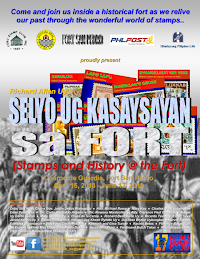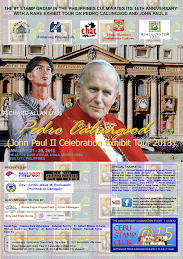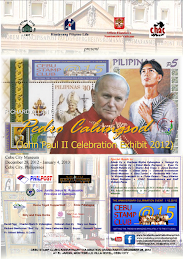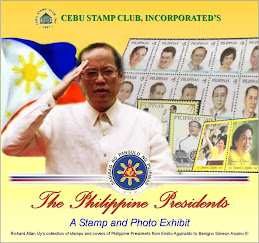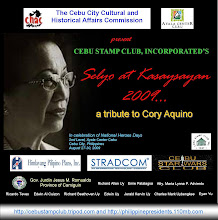JUNE 30, 1899
Pres. Emilio Aguinaldo issued a decree commending the last Spanish soldiers involved in the Siege of Baler Church for almost a year for their loyalty and gallantry. They are to be treated not as enemies or prisoners of war but as friends and were given the permission to return to Spain. Based from that event, the Philippine-Spanish Friendship Day (Ora de la Amistad Hispano-Filipina) is now celebrated each year as declared under Republic Act No. 9187 to commemorate the cultural and historical ties, friendship and cooperation between the Philippines and Spain.
Photo credit: http://malacanang.gov.ph/


























